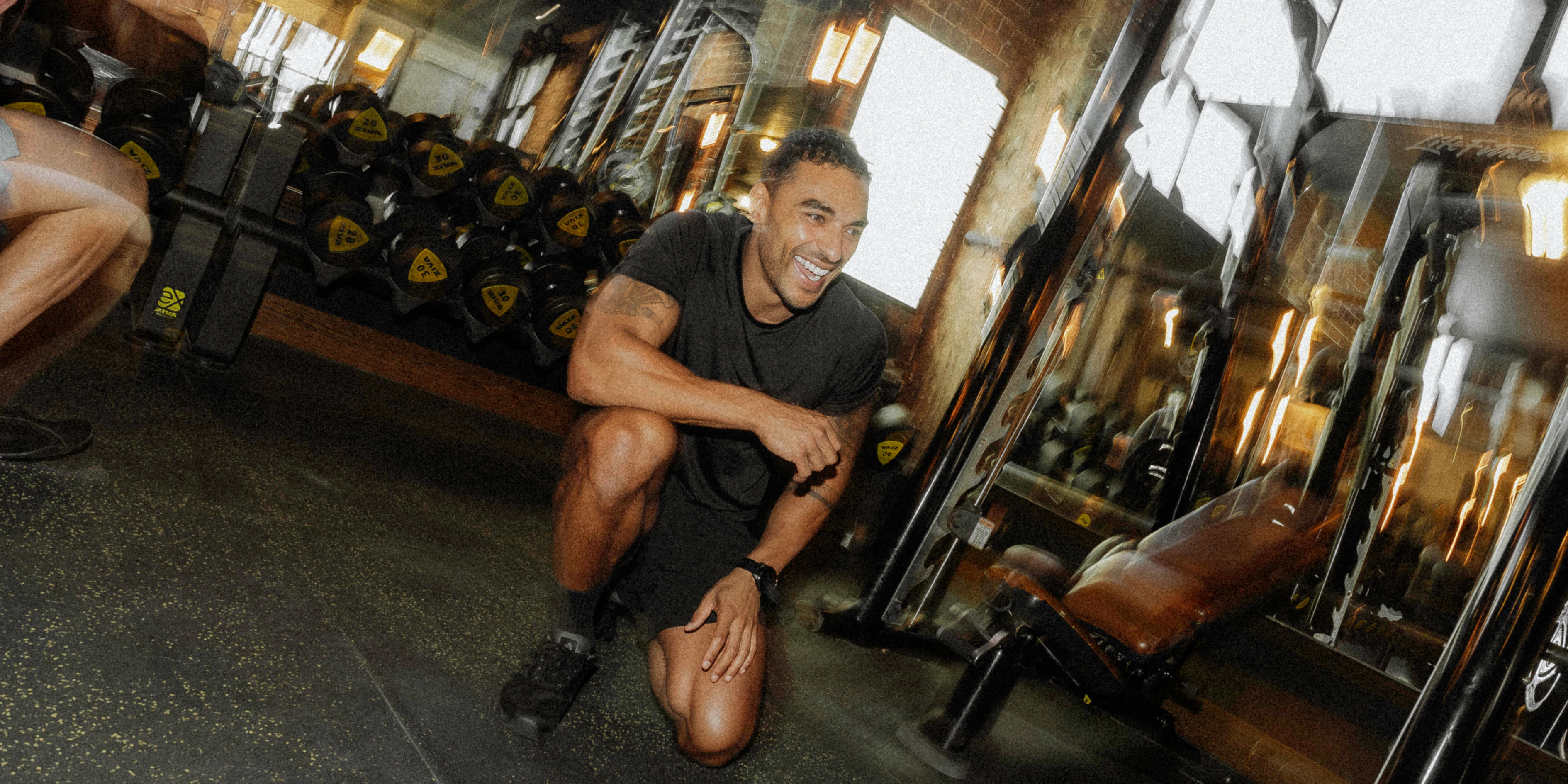Let me guess, you’ve got goals and you’re determined to smash them.
You have the discipline, you’re making great gains and tracking your progress when all of a sudden, you hit a wall. Your progress slows all the way down and with it goes your motivation.
Trust me, it’s not just you.
So the question is, what can we do when we hit that plateau and ‘pushing harder’ doesn’t seem to make any difference?
You’re probably expecting a fancy, over-complicated answer, so sorry to disappoint but it’s most likely because your body needs rest.
“But how do I take a break without losing my hard-earned gains?”
One word, deload.
What is a deload?
A deload period is when you lower the intensity of your training for a short amount of time.
Lift lighter weights or reduce the volume you complete for the exercise. Pretty simple, right?
Deload normally occurs after a mesocycle (a four week training period) and typically lasts one week (aka the “deload week”) however, this can depend on the recovery time of the individual.
This deload period is spent focusing on physical and mental recovery, allowing you to hit your next mesocycle even harder and heavier.
Here’s an example:
Normal training (4 weeks):
- 6 exercises per session
- 4 sets
- 12-15 reps
- Load between 75-85% of your 1 rep max (1RM)
Deload training (1 week):
- 6 exercises per session
- 4 sets
- 4-8 reps
- Load between 45-55% of your 1RM
Why do I need a deload?
It can be hard getting back into your normal gym routine if you take time off completely so having a deload once every 4-6 weeks can also be used to keep your routine without losing motivation.
- Gives your body a break without losing well earned gains
- Improves performance
- Allows muscles to recover
- Prevents injury and overtraining
Of course, there are times when you need to completely stop training such as injury related recovery but outside of this, a deload week is 100% necessary.
How often do I need a deload week?
As mentioned previously, a deload is normally after a full mesocycle. However, this is dependent on the person and their training levels.
If you have a coach guiding you through they will let you know when you need to deload. However, you know your body best so it’s important to understand how your body tells you when it needs a break.
5 sure-fire signs you are overtraining and need a deload
If you have never felt like you need to take a break to recover, our workout routine is too easy.
Some physiological changes that indicate that it’s probably time to deload include:
- Feeling weaker
- Sore joints and muscles
- Unable to consistently lift heavy weights
- Lack of motivation
- Fatigue
In saying that, if you aren’t feeling the above symptoms when you have your deload planned, you need to take it away. The last thing you want is to start a new program and halfway you are overtrained and at risk of injury.
Who needs a deload week?
Like I said, everyone is different.
Generally, lower training intensity and less experienced people can go longer without a deload week whereas someone with higher training intensity will need a deload more often.
Which one are you?
Option 1: If you’re new to the gym or to weightlifting
- 1 deload week after 8-10 weeks of heavy lifting
- If you’re in a caloric deficit, plan one for every 6-8 weeks
Option 2: If you’re an intermediate athlete (1-3 years experience)
- 1 deload week after 6-8 weeks of heavy lifting
- If you’re in a caloric deficit, plan one for every 4-6 weeks
Option 3: If you’re an advanced lifter (3+ years experience)
- 1 deload week after 4-6 weeks of heavy lifting
- Same frequency if you’re in a caloric deficit
How do I deload?
Incorporating a deload period into your training schedule is a great idea – but there’s a way to do it properly. Here are two options to help you get the best results.
Option 1: Reduce load
Keep your normal amount of repetitions but reduce the weight to 40-50% of your 1RM.
Or, you can also reduce the number of weekly sets you do by 30-50%.
Option 2: Reduce volume
Keep the load the same, but do fewer repetitions.
For example, if you deadlift 100kg as 75% of your 1RM for 3×12 repetitions, keep the weight the same and do 1×6 repetitions instead.
Personally, I favour option 2 for myself and clients because by keeping the same weight you are more likely to maintain your technical skill. Pair that with reducing the volume and you have yourself a quality deload week where you put less strain on your body and give yourself a boost before starting your new program.
One last step!
So you’ve learned what a deload week is, why it’s important, how to tell if you need one and how to take yourself through one. All you need to do now is incorporate it into your training.
You will notice a dramatic improvement in energy levels, muscle soreness and will definitely lower the risk of injury.
 by josephine okuwofu
by josephine okuwofu




